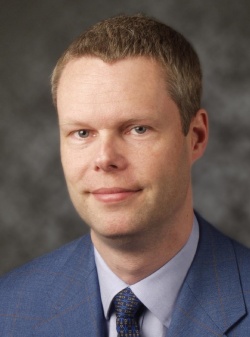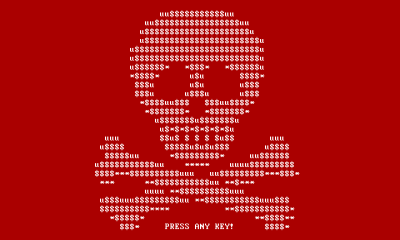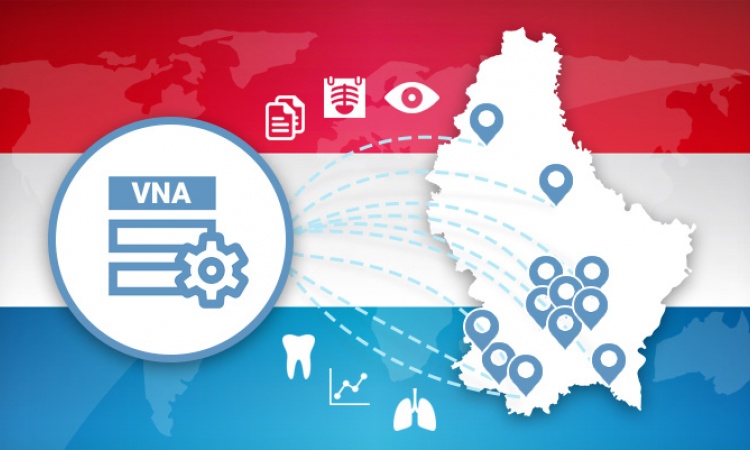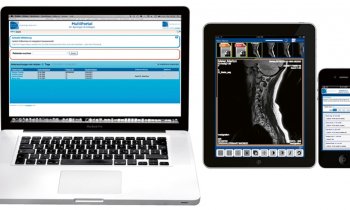Documentation and certification
The German Society for Interventional Radiology and Minimally Invasive Therapy (DeGIR) has been developing its nation-wide quality assurance programme since 1987. ‘We launched this instrument very early and on a voluntary basis. Other medical associations have been forced to do so by law,’ explains Professor Arno Bücker, Member of the Board at DeGIR and Director of the Clinic for Diagnostic and Interventional Radiology of the University Hospital of Saarland, Germany.

Today, the software that was specially developed for data collection and documentation purposes is a cornerstone of quality management and of the certification process used by the interventional radiologists’ professional association: Only those physicians who document interventions with this software will be certified.
The ‘father’ of quality assurance in interventional radiology is nuclear medicine specialist and radiologist Professor Lothar Heuser, Director of the Institute for Diagnostic and Interventional Radiology, Neuro-Radiology and Nuclear Medicine in Knappschaftskrankenhaus, University Hospital Bochum, Germany. Prof. Heuser, who has been involved in the system’s creation from day one, is still the leading developer of the software.
Advances in information and communication technology have brought a major boost to data collection. ‘In the first years, way back in the 1980s, we filled in paper forms. In 1994, we launched a standardised software package, but we still worked with diskettes. The real break-through happened in 2005, when we acquired a server where the data have been collected and processed ever since,’ he explains.
The software records 31 different interventions in 131 regions of the body. The interventional radiologists collect data on the type and number of interventions, access routes and therapy paths, successful as well as negative outcomes and the materials used. In addition, they archive imaging findings and lab data. ‘There’s one drawback, though: The data still have to be entered manually and they cannot be automatically culled from the other information systems in the hospital. This procedure needs staff resources within the facilities that participate in the programme – and prompts criticism as well as scepticism,’ Prof. Bücker admits.
To increase the system’s user-friendliness in everyday clinical work, a task force is in the process of reviewing the modules and reducing the complexity of data collection. ‘We looked at every single module and parameter and really struggled hard to decide whether it should be retained or can be discarded,’ Dr Bücker says. Example: the side of the body where the intervention took place. ‘At first we thought that this is superfluous information, which can be omitted. Then it became clear that we need these data in order to recognise follow-up interventions.’
Today, Prof. Bücker says, the DeGIR uses the software in the certification procedure. ‘Interventional radiologists, educational and professional training institutions, or central facilities such as vascular centres, participate in the quality assurance programme,’ he says. ‘Since our software is a quality assurance tool it’s part of the certification process. The institutions can certainly use certification to illustrate their commitment to quality.’
It was definitely worthwhile to expand the quality assurance programme and to offer certification as an additional incentive. ‘The number of users of our software has increased markedly,’ he reports.
In 2010, more than 50,000 data sets were registered; about 70,000 are expected in the current year.
To date around 180 radiology departments, institutes or clinics participate in the DeGIR quality assurance programme.
05.12.2011











